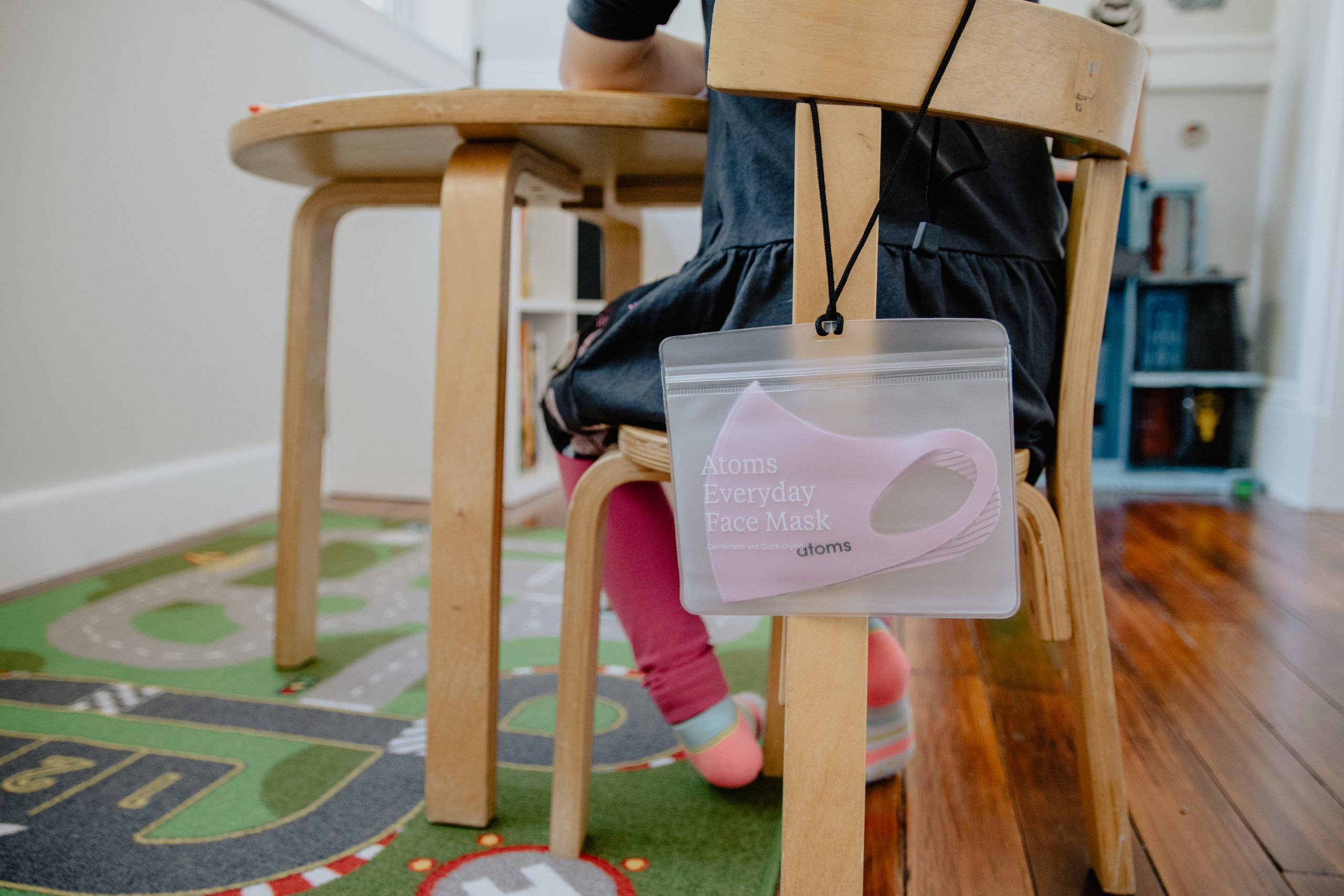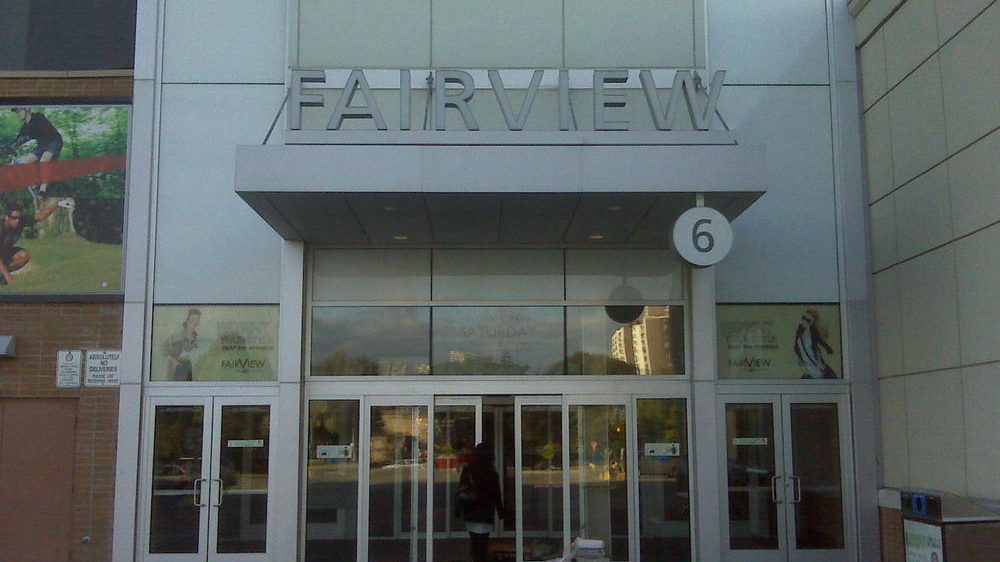Ford government buying 2M cloth masks for Ontario schools. Doctors say there are better options
Posted September 27, 2022 4:10 pm.
Last Updated September 27, 2022 7:34 pm.
The Ontario government is buying two million additional cloth masks for schools but does not require precise performance conditions.
In response to a bidders question, the government stated, “the exact fabric composition is not specified,” only mentioning that the mask must appear to be closely woven when physically inspected.
Medical experts say the government should look at other types of masks that sufficiently protect children against COVID-19.
“There are better options out there that filter much better than the cloth masks. Those [cloth masks] will probably only give you 20 or 30 per cent filtering,” Dr. Kashif Pirzada, an emergency room physician, told CityNews.
Dr. Pirzada advised that the government look at a medical mask like an N95.
“You can get much better quality, and those are the type they should be buying,” he said.
In its tender request, the government makes only suggestions as the type of fabric it wants to be used, saying it’s looking for a three-layer mask, two layers of tightly woven breathable fabric (like cotton), and a third middle layer with filter-type material (like non-woven polypropylene) to improve filtration.
In December 2021, Ontario’s public health board issued recommendations that cloth masks be ditched in favour of those with specific filtering levels due to the emergence of Omicron.
“Given the early evidence that Omicron variant is more highly transmissible than the Delta variant with potential increased contribution of aerosol transmission, and is associated with reduced vaccine effectiveness and increased risk of re-infection, selecting a mask that optimizes fit and filtration that can be worn correctly and comfortably by the general public in community settings may enhance the current public health measures,” PHO stated.
In a statement to CityNews, a spokesperson for Ontario Education Minister Stephen Lecce said personal protective equipment (PPE) will always be available to students.
“Ontario’s plan for the full return to normal, stable and enjoyable schools is fully endorsed by the Chief Medical Officer of Health and includes the continuation of access to PPE on an optional basis,” the spokesperson said.
“The government continues to provide this optional, free PPE that includes N95 [masks] for staff and high-quality cloth masks for students.”
The tender request for the two million cloth masks expired on September 23. It’s unclear which vendor or vendors were selected or how much the government is paying.
Masking in Ontario schools is optional for both teachers and students.
NDP calls out Ford government over masking move
Ontario NDP health critic, France Gélinas, took issue with the Ford government’s decision to purchase additional cloth masks for students, saying there is a risk that the government is spending money on masks that won’t be that useful.
“After two-and-a-half years of the COVID-19 pandemic, there is a lot of data that supports what kind of masks are useful and others that are not, so if they’re going to issue a tender, the minimum that they have to do is set out some specificity into what the mask should do,” Gélinas said.
When it comes to masking, the tender states that they must contain “adjustable ear loops, which must be affixed to all cloth masks to assure a comfortable fit [and] not requiring frequent adjustments.”

A cloth mask is seen attached to a child’s chair. Photo: Kelly Sikkema.
The tender also states that the vendor must supply cloth masks sized for each age group.
In January 2022, some parents complained that the cloth masks their children were equipped with in school fit poorly.
At the time, the government said it always sends a mix of sizes to school boards, and the schools could order whatever they needed.
“It’s important that they fit,” says Dr. Pirzada.
“Especially to cover the gaps on the side of the face; that way, you want to block where the air might sneak in. It’s also important to combine it with filters in the classroom.”
The Ford government has installed over 100,000 standalone HEPA units, also known as high-efficiency particulate absorbing filters, in many classrooms.
With files from Lucas Casaletto of CityNews










